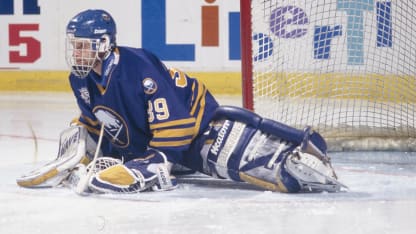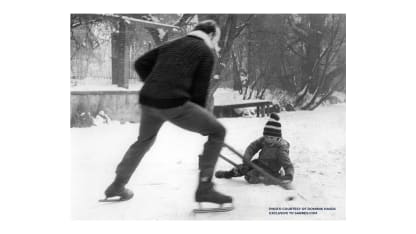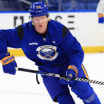It can be difficult to separate myth from reality when it comes to Dominik Hasek.
The numbers alone sound like something out of folklore. Five seasons with a save percentage of .930 or better? No goalie in NHL history even has three.
Yet you glance at the bold, black numbers on his Hockey Reference page and confirm that, yes, it's true, and no, the Dominator was not like any other goaltender.
Tales of the Dominator: 'I was born to be the goaltender'
Dominik Hasek shares his goaltending origin story

© Denis Brodeur/Getty Images
Sabres Memories: The Dominator



















